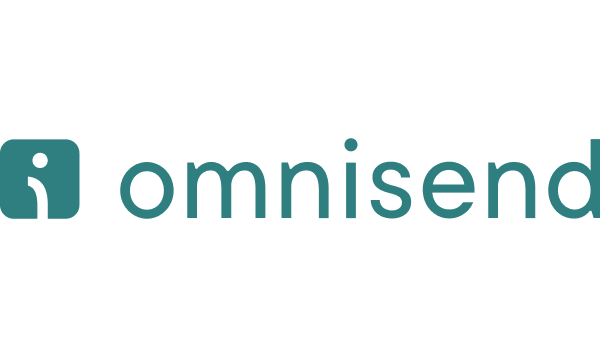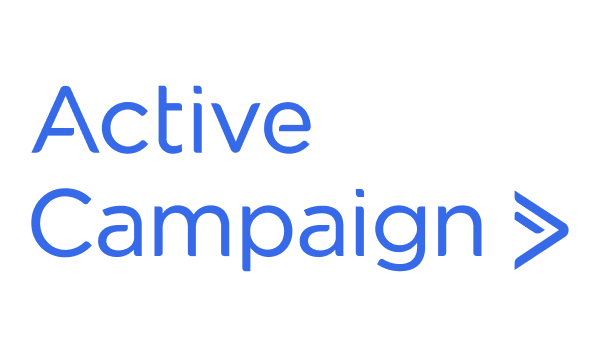- Premium features included
- No hidden costs or usage limits
- Scale from startup to enterprise



Let’s face it — picking the right email marketing platform isn’t just another business decision. It can genuinely transform how you connect with customers and ultimately drive growth. I’ve spent countless hours testing both Omnisend and ActiveCampaign, and I’m here to share what I’ve learned.
Omnisend has carved out a nice spot for itself among smaller ecommerce brands. It’s budget-friendly and doesn’t require a computer science degree to figure out.
ActiveCampaign, meanwhile, takes a different approach — it’s packed with sophisticated automation tools and integrates with practically everything under the sun. Perfect if you’re mapping out complex customer journeys with lots of personalization.
I’ll walk you through how these platforms compare on pricing, features, usability, and overall performance. No fluff, just practical insights to help you make the right call for your business.
Omnisend
ActiveCampaign
Best For
Ecommerce businesses, small to mid-sized brands
Growing businesses needing advanced automation
Pricing
Free plan + paid plans from $16/month
Paid plans from $29/month (no free plan)
Ease of Use
Very user-friendly with a simple interface
Steeper learning curve but highly customizable
Value for Money
Excellent for beginners and ecommerce
Great for businesses needing complex workflows
Overall Strengths
Overall Weaknesses
Omnisend
Easy setup, built for ecommerce, affordable
Limited advanced automation features
ActiveCampaign
Powerful automation, CRM tools, rich integrations
Higher pricing, not beginner-friendly
Omnisend
ActiveCampaign
Email Campaigns
Automation
Landing Pages & Forms
Segmentation & Personalization
Reporting & Analytics
Integrations
Omnisend just gets online stores. It’s built for companies that want to move quickly and drive sales without a complicated setup process. The platform shines with its product-focused tools, automated workflows that make sense for retailers, and reporting that ties directly to your bottom line.
What I particularly like is how Omnisend handles multiple channels. You can combine email, text messages, and push notifications in one workflow — without needing to be a technical wizard. For small to mid-sized online shops, that’s incredibly valuable.
ActiveCampaign takes a different approach. It’s designed for marketers who want deep control over every aspect of customer interaction. The platform excels with its dynamic content options, conditional logic paths, and CRM integration.
I’d recommend ActiveCampaign for businesses managing complex customer journeys – especially if you have diverse audience segments or multi-channel sales processes that demand sophisticated data handling and targeting flexibility.
Subscriber Count
Omnisend Pricing (Standard Plan)
ActiveCampaign Pricing (Marketing Lite Plan)
Key Differences
1,000
From $20/month
From $39/month
Omnisend includes SMS credits; ActiveCampaign focuses on email only (SMS add-on).
2,500
From $35/month
From $61/month
Omnisend remains more affordable; ActiveCampaign offers more advanced automation.
5,000
From $65/month
From $99/month
Omnisend includes ecommerce-friendly tools; ActiveCampaign supports advanced segmentation.
10,000
From $115/month
From $174/month
Omnisend pricing grows moderately; ActiveCampaign adds CRM and sales tools.
25,000
From $240/month
From $286/month
Omnisend remains cost-effective for ecommerce; ActiveCampaign better suited for complex workflows and multi-channel strategies.
Omnisend won’t drain your bank account as quickly, especially if you run a small to mid-sized online store. You’ll get SMS credits bundled in, and features that actually drive sales without paying premium prices. The cost scales pretty reasonably as your list grows, which is refreshing.
ActiveCampaign costs more across the board, but you’re paying for that advanced automation, CRM functionality, and customization power.
The pricing reflects what you’re getting — a robust toolset for businesses with complex marketing needs, multiple channels, or B2B sales processes that require deeper customer journey mapping.
Omnisend Free Plan
ActiveCampaign Free Plan
Subscribers
Up to 250 subscribers
No free plan available
Emails/Month
500 emails/month
No free plan available
Automation
Basic automation workflows included
No free plan available
Landing Pages/Forms
Signup forms & popups included
No free plan available
Branding
Omnisend branding on emails
No free plan available
Omnisend actually gives you something useful for free. If you’re just getting started with email marketing for your small online store, their free plan lets you test the waters with up to 250 subscribers and 500 monthly emails.
You’ll even get basic automation workflows, signup forms, and popups included — though you will have Omnisend branding on your emails and limited support options.
ActiveCampaign doesn’t offer a free plan at all, which makes it less accessible when you’re on a tight budget or just exploring your options. Omnisend’s free tier is perfect for small ecommerce shops wanting to experiment before committing, while ActiveCampaign is built for businesses ready to invest in serious marketing tools from day one.
Omnisend
ActiveCampaign
Omnisend really shines for ecommerce businesses looking for a budget-friendly marketing tool that’s easy to get the hang of. I’ve found its built-in SMS and push notification features particularly useful when running multi-channel campaigns for online stores.
The automation workflows are clearly designed with ecommerce in mind — you won’t need a technical background to set things up and start seeing results.
That said, I’ve noticed Omnisend falls short for brands outside the ecommerce space. The platform just isn’t as flexible as you might need if you’re not primarily selling products online.
While it handles the basics well, the automation and reporting capabilities don’t quite match what you’d get with pricier alternatives. It’s really best for small to medium-sized online retailers who value simplicity and integrated communication channels over complex marketing frameworks.
ActiveCampaign takes a different approach entirely. It’s built for marketers who need to dig deeper into advanced automation, personalization, and CRM integration. In my experience, it works wonderfully for companies managing elaborate customer journeys or B2B marketing campaigns with lengthy sales cycles.
You’ll definitely face a steeper learning curve with ActiveCampaign, and you’ll need to budget more for it, but what you get in return is worth considering. The customization and segmentation tools are practically unmatched in the industry.
I’d recommend it for businesses that have experienced marketing teams who want to create sophisticated email sequences and leverage customer data for truly personalized messaging.
Omnisend consistently gets praised for its intuitive interface and quick setup, particularly from ecommerce users who don’t have technical backgrounds. People love the drag-and-drop email builder and pre-configured automation workflows that save time.
ActiveCampaign users acknowledge the platform’s power but note it takes longer to fully grasp. New users often comment that they needed more onboarding time to take advantage of all the features — a common trade-off with more sophisticated tools.
With Omnisend, most users report a minimal learning curve, making it ideal for small businesses or marketers new to automation. You can get campaigns running quickly without extensive training.
ActiveCampaign users frequently mention needing onboarding support or training to unlock the platform’s full potential. The complex automation builder and CRM tools offer incredible flexibility but require a solid understanding of marketing workflows to use effectively.
Omnisend users consistently highlight its value for money, responsive customer support, and ecommerce-specific features like product pickers and SMS automation. They appreciate how quickly they can get campaigns up and running without technical hurdles.
ActiveCampaign users value the platform’s depth, customization options, and advanced segmentation capabilities.
However, they occasionally express frustration with the pricing structure and the time investment needed to master the platform — though many feel the power is worth the learning curve once they’re up and running.
